Beechwood was a no-go zone 40 years ago when gangs ruled Dundee’s housing schemes.
The Young Beechie Mob patrolled the streets.
Even the police knew who was in charge and seemed powerless to restore the rule of law and deal with the hoodlums as mob rule took hold.
The Beechwood Community Centre in Harefield Road became a hotspot for vandalism.
Things came to a head in August 1982 during the school holidays.
Fire-raising teenagers wiped the former Methodist Church off the map during a weekend orgy of destruction which left the emergency services close to breaking point.
They shattered windows, hacked through floors, broke down doors, ripped the bannister from the staircase and set the building alight 13 times in a matter of days.
Vandals placed a huge strain on resources at the Northern Fire Station in Strathmore Avenue, which left no engines available to attend any other incidents.
The chief engineer immediately signed off a demolition order once the dust settled, after Tayside Fire Brigade argued it was now “nothing less than a death trap”.
A spokesman said “anyone entering it would be in considerable danger”.
The building had been home to the Beechwood Community Association since the 1970s and the impending demolition would leave the group homeless.
The building dated back to the beginning of the century.
Ward councillor Charlie Farquhar expressed “considerable regret” at the news.
“It makes me very, very sad,” he said.
“A lot of valuable work has taken place in the building which has benefited the whole Beechwood community.
“I was one of the army of helpers who renovated the building into a community centre and I am upset to see this happen.
“I don’t yet know where we can find a new home for the community association.”
The ink was barely dry on the demolition order when crews were called to deal with yet another blaze, which required two engines and a turntable ladder.
A senior fire officer demanded “immediate action” from the chief engineer following the outbreak, which caused further damage to the roof and upper landing.
He said the building was now threatening the lives of not only those answering the emergency calls but also the young firebugs who were entering it.
“It is in an extremely dangerous condition,” he said.
“It presents the risk of a serious or even a fatal accident for children who may be entering the building and our own firemen who have to deal with the fires.
“There are no bannisters left and gaping holes in the floors and the fires are being started by youngsters breaking into the premises, which is, at the moment, easy for them, as no windows are left in the building.
“However, once a fire is started they could find it very difficult or even impossible to get out because of the smoke, darkness and dangerous structure.”
Contractors started knocking down the interior using hand-held demolition tools before Mackie Plant Hire brought in a high-reach digger to reduce it to rubble.
The mob won.
This left gaps in the high boundary wall between the site and the housing estate.
These were filled in and destroyed three times in a week when the vandals discovered it was easy to push over a newly-built wall while the mortar was still wet.
The Young Beechie Mob then hijacked an eight-ton road roller in Harefield Road after dark and took it for a ride before it was abandoned down an embankment.
Beechwood became a hotbed for anti-social behaviour and some residents living in the scheme were fighting to be rehoused elsewhere.
Tormented residents in August 1982 told of their “living nightmare” and said they were sentenced to spend sleepless nights barricaded in their houses.
They claimed the gangs, apparently undeterred by a frequent police presence, would start congregating in Dronley Avenue from 11pm onwards virtually every night until 1am to 2am and sometimes 4am, with only boredom on the brain and mischief in mind.
Passers-by were often victims of unprovoked attacks and witnesses were reluctant to speak to police because they feared further attacks on their families and home.
Residents would park their cars in King’s Cross Road to reduce the risk of them being vandalised in Dronley Avenue where the gangs were congregating.
Many residents spoke of being tripped and jumped by 10 or more youths but wouldn’t call the police because “it only makes matters worse” because “insults and threats and foul language are directed at people suspected of contacting the police”.
One resident said: “There’s hardly a window around here without a window broken because someone has fallen out with the gangs.
“The gangs seem to have scant regard for the police.
“I have seen police prodded in the chest by some of these lads and some of them even took a kick at the police car as it went past.
“If the police turn out in force all they do is scatter through the backs.
“Half an hour later the group is together again.”
The complaints from the Dronley Avenue residents were taken up by Mr Farquhar who highlighted social problems created by the high rate of unemployment.
An action plan was drawn up to combat the anti-social activity in Beechwood.
A working party on urban deprivation was tasked with supporting people to find a job to generate income which would combat poverty in the housing scheme.
Housing director George Smith was charged with tighter management of tenants while more effective coordination with the police was part of the three-point plan.
Mr Farquhar said: “I appreciate their job is made more difficult by the reluctance of people to appear as witnesses for fear of recriminations.
“There are particular cases I know of but I cannot mention them because of possible criminal proceedings.
“It is not good enough for a good scheme and good tenants to be harassed in this way. We will be looking particularly to get community police involved.
“It will not be easy but we hope these are steps in the right direction.”
Of course, Beechwood’s woes were not unique in 1980s Dundee.
The city and the government have since spent millions to wrench Dundee out of its post-industrial decline, particularly in housing, where once notorious sink housing schemes have now been replaced with attractive and safe homes.
Addresses – like Dronley Avenue – where law-abiding citizens would not tread at midday, never mind midnight, have been transformed with the demolition of the housing there post-1990.
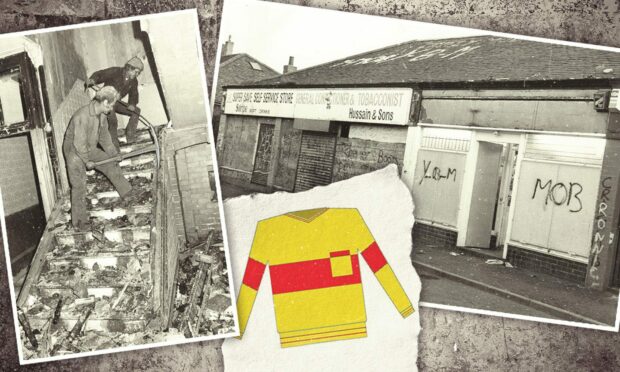
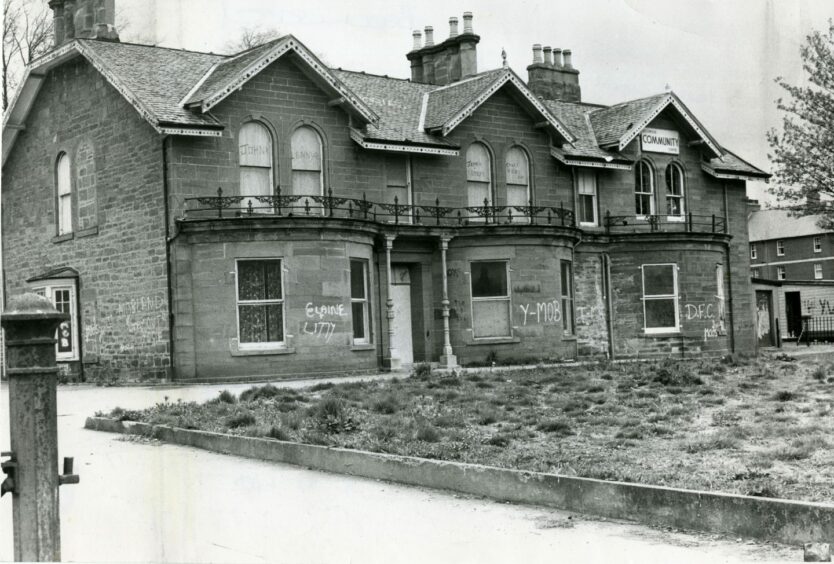
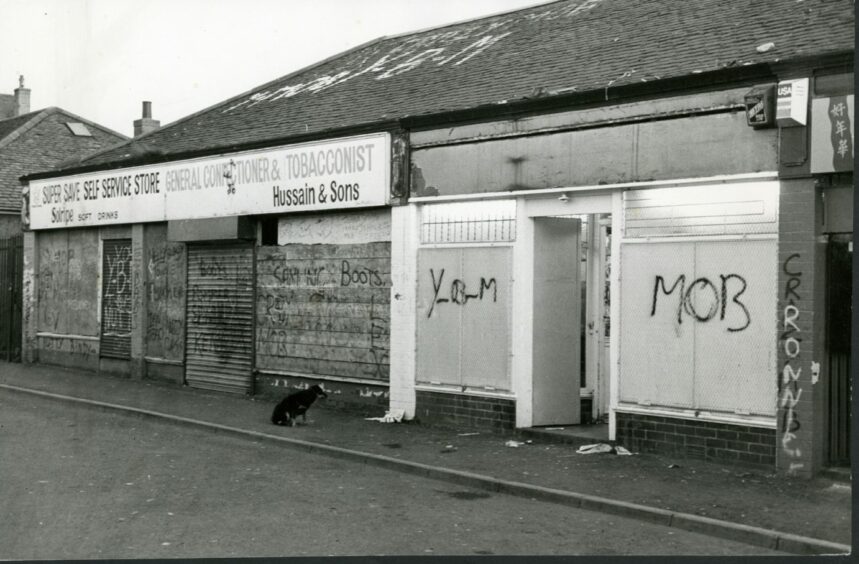
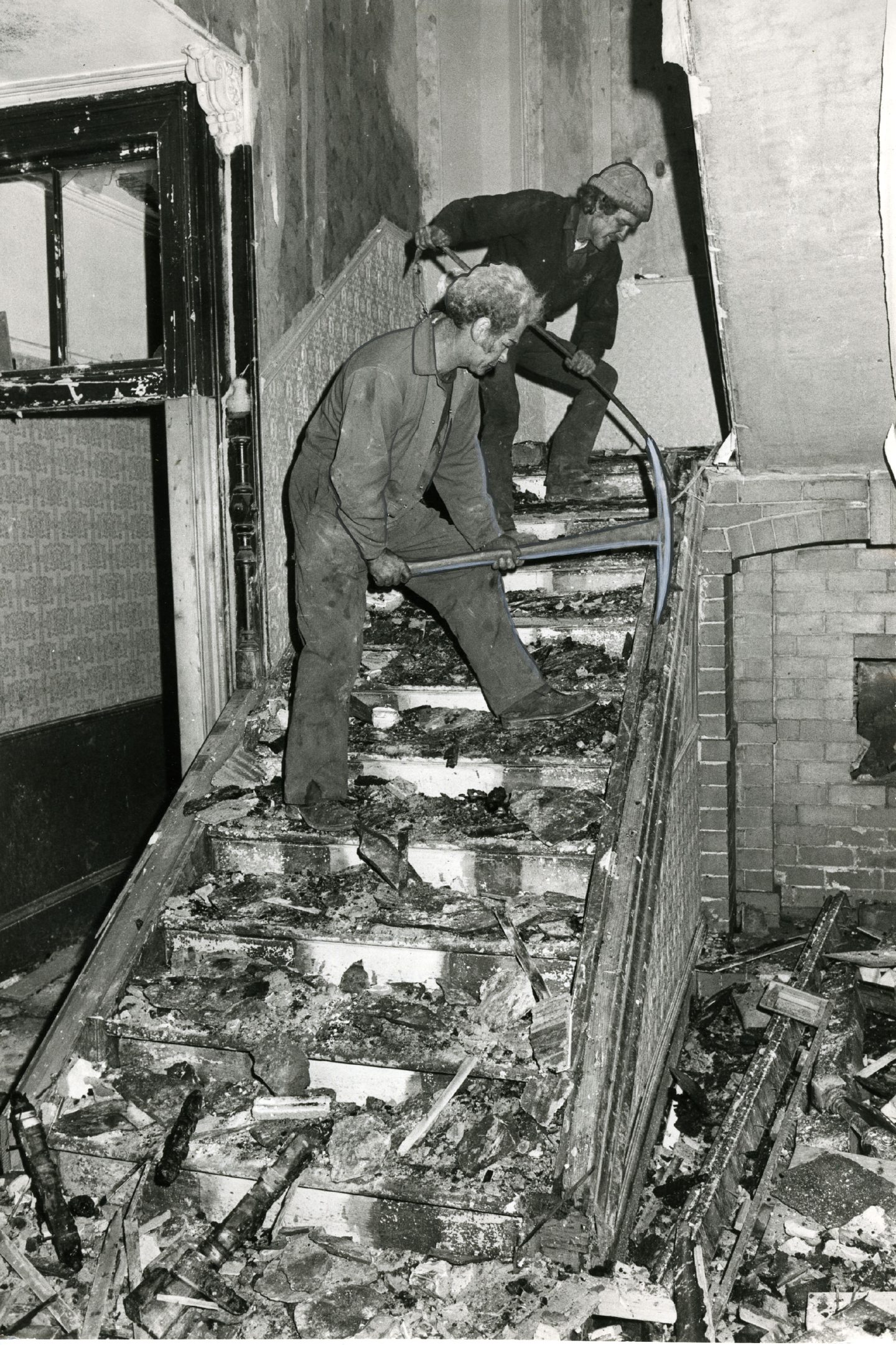
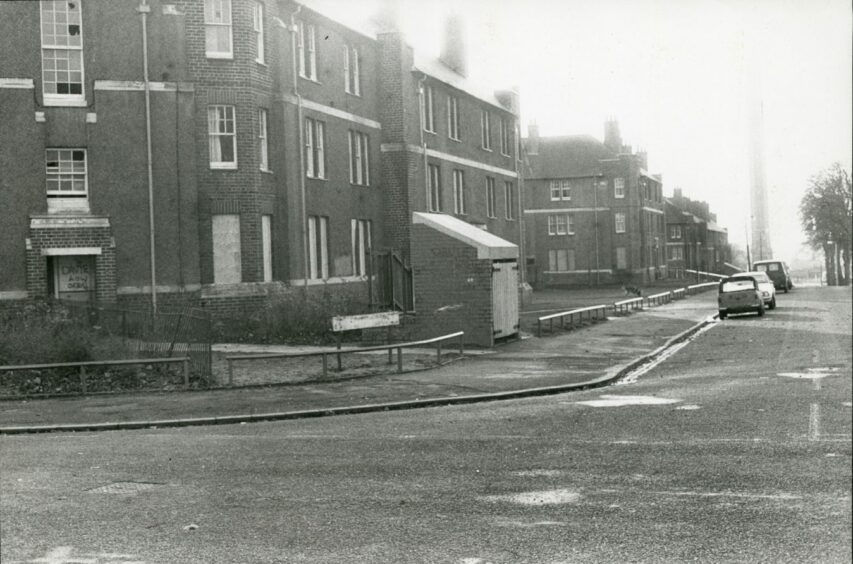
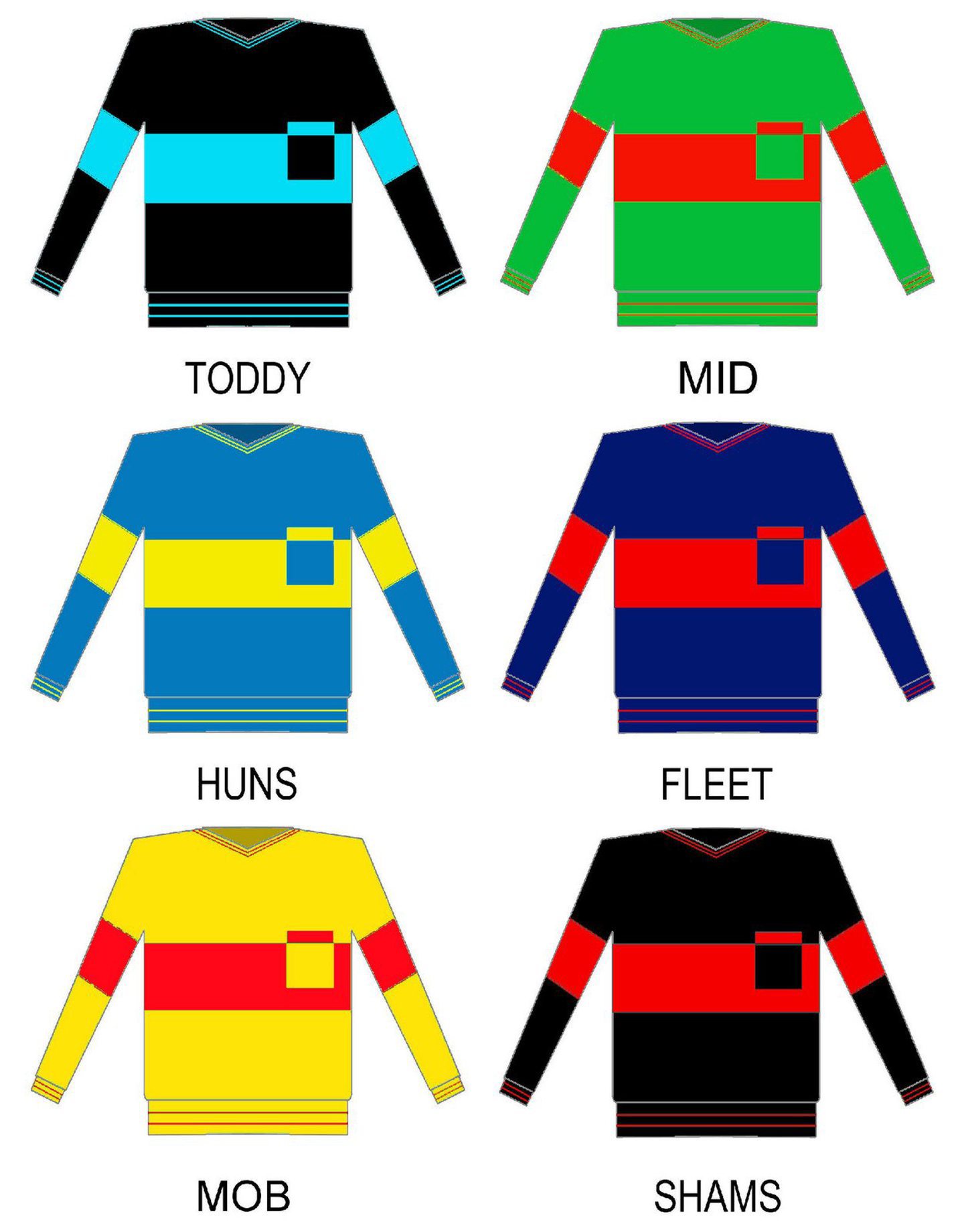
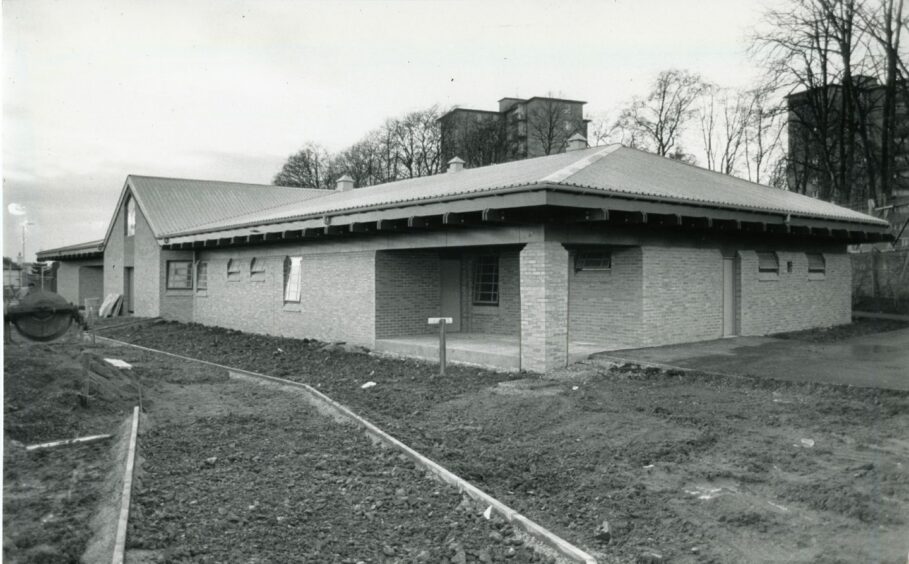
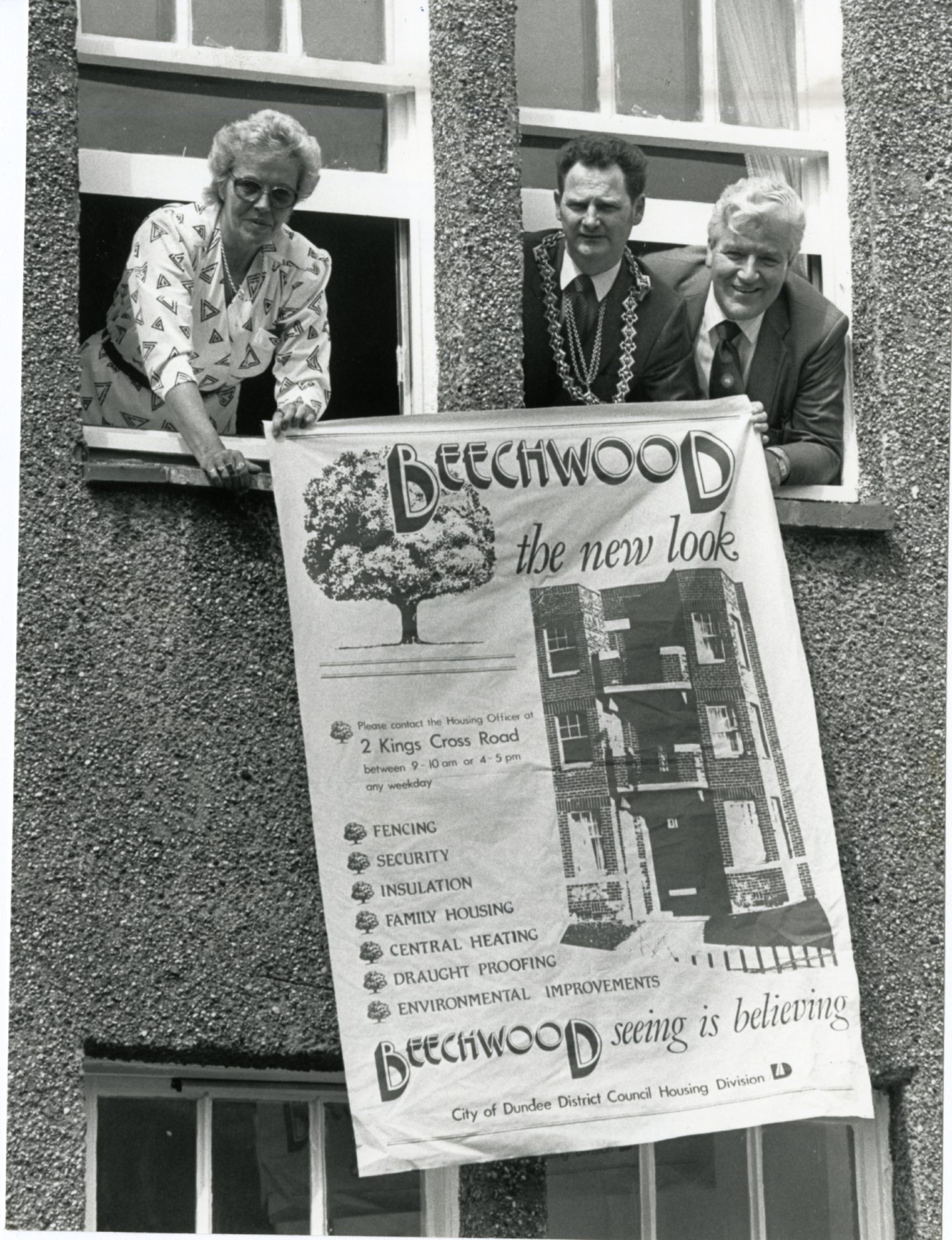










Conversation